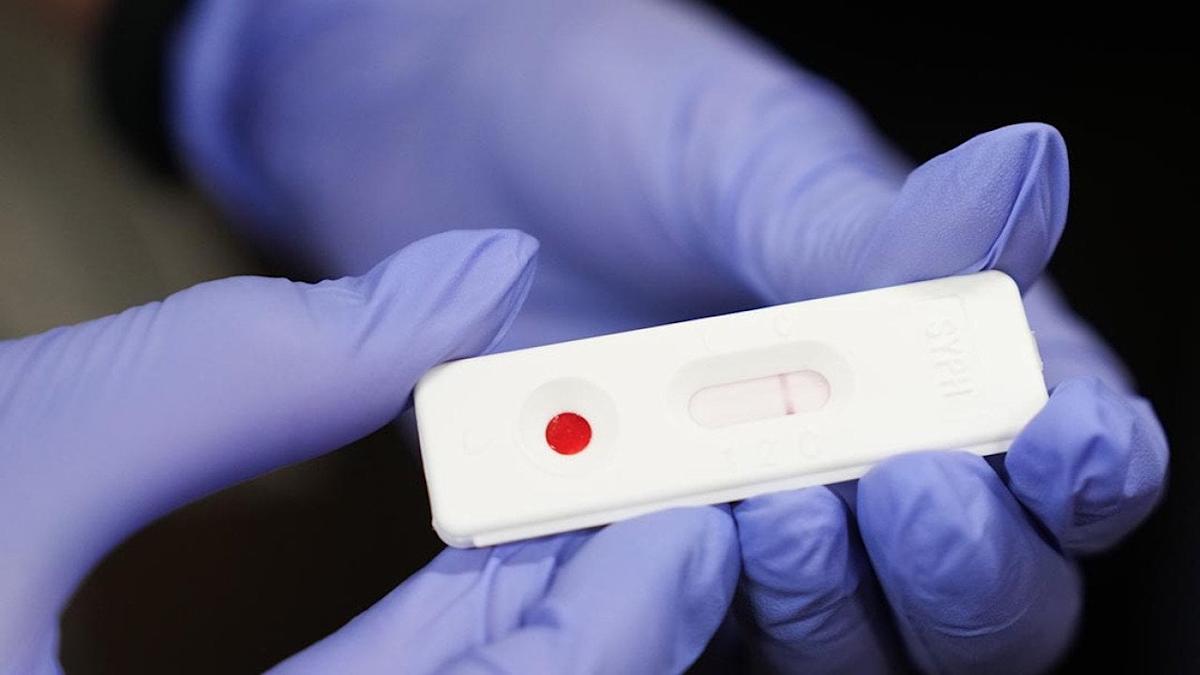Home / Health / Syphilis Surges as Other STIs Decline, Exposing Gaps in US Healthcare
Syphilis Surges as Other STIs Decline, Exposing Gaps in US Healthcare
10 Nov
Summary
- Reported cases of chlamydia, gonorrhea, and syphilis declined in 2024
- Congenital syphilis cases rose 12th year in a row, reaching nearly 4,000 cases
- Syphilis decline concentrated among men, while cases in women increased

According to the latest data from the Centers for Disease Control and Prevention (CDC), the total number of reported sexually transmitted infections (STIs) in the United States declined by 9% in 2024 compared to the previous year. This marks the third consecutive annual decrease and the first sustained multi-year decline in over a decade.
However, a closer look at the data reveals concerning trends. While reported cases of chlamydia, gonorrhea, and early-stage syphilis have decreased, the number of congenital syphilis cases—infections passed from mother to child during pregnancy—rose by 1.6% in 2024, reaching nearly 4,000 cases. This marks the 12th consecutive year of increases in congenital syphilis, a sign that screening and treatment gaps persist, especially for vulnerable populations.
The data also shows that the decline in syphilis cases was concentrated among men, with a 24% drop in primary and secondary syphilis. In contrast, the decrease among women was much smaller, at just 14%. This pattern suggests that biomedical interventions like pre-exposure prophylaxis (PrEP) and post-exposure prophylaxis (PEP) have been more effective in reducing transmission within male sexual networks, while heterosexual transmission remains a persistent challenge.
Overall, the 2024 CDC STI surveillance data highlights the need for a more comprehensive and equitable approach to sexual health in the United States. While some progress has been made, significant gaps remain in testing, treatment, and prevention, particularly for women and infants.




